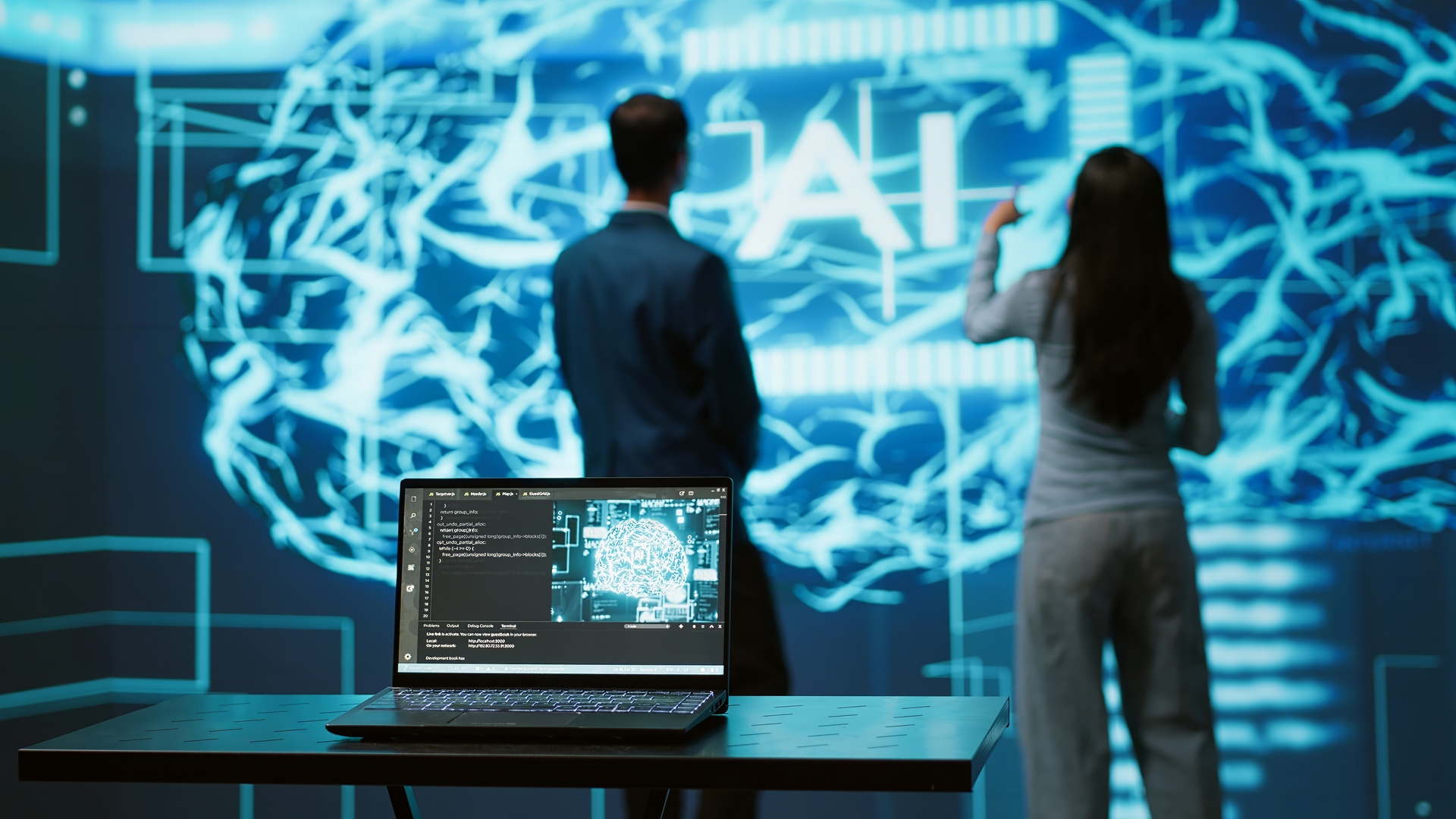
How automation systems can be sustainable and efficient
An automation system is no longer a science fiction concept. It became true since the advent of self-operating machines capable of performing tasks or making decisions without constant human intervention. A few decades after electric appliances became commonplace in the home, we are testing more sophisticated or remotely controllable household appliances. We can connect a Thermostat to Wi-fi using a smartphone, thanks to advanced apps and software that help us manage the indoor environment from the outside. That means a revolution due to have quite an impact on the manufacturing process and new generations. High-performance equipment proved to be crucial to energy efficiency and the evolution of technology. With continued advancements in computing technology and electronics, the relationship between humans and machines will continue to evolve, paving the way for sustainable development.
What does “automation system” mean?
Measurement, implementation, and supervision help simplify the automation system into three words. Thanks to multiple yet intrinsically linked concepts, we could describe steps to carry out daily work tasks. Initially, sensors collect data and values. Then, devices such as actuators introduce the necessary actions. Finally, computers and remote monitoring systems come into play. Once they have supervised the collected data, they process actions and responses that enable devices, machines, and appliances to provide the expected feedback. Due to defect detection, the system activates adjustments, ensuring that only high-quality products are produced. As a result of the multi-step process, an automation system is by nature sustainable. Since the long-term commitment to climate policy, every company aims to become more energy efficient and incorporate eco-friendly practices into a wider range of operations

Modern low-power robots
Industrial robots can perform tasks quickly, efficiently, and accurately to optimize a wide range of applications as well as to minimize energy consumption in manufacturing processes. Devices such as cameras, sensors, and software programs enable timely checks on products during production to identify defects. Real-time quality control improves overall product quality, reduces rejects, and limits the amount of corrective action otherwise required. Today, Robots have low-power functions as they are designed to be energy efficient, as the latest cameras and machine vision technologies do not need much energy to perform tasks. They provide accurate and detailed information about the production process, reducing overall energy consumption and improving quality. The cooperative work of cobots proved to be fruitful as well.

Predictive maintenance vs unnecessary costs
Many automation systems can be equipped with predictive, identifying potential issues maintenance technology to prevent failures from occurring. Predictive maintenance technology minimizes maintenance frequency by enabling timely repairs. Then, predictive maintenance helps optimize energy use, as a well-maintained machine operates with maximum efficiency. Predictive maintenance ensures that processes, equipment, and inspection systems operate at peak performance without the risk of failures that could compromise them. Advanced robotics can be integrated with energy monitoring systems, such as sensors and smart devices, to track and analyze energy consumption. When combined with data analysis, monitoring energy use over time provides manufacturing companies with information on consumption patterns, helping them identify areas for improvement and opportunities for energy savings.
Automation as social responsibility
Working like a robot means performing a task to minimize errors. After all, industrial robots are designed to perform multiple tasks in the industrial production environment, such as
– Waste reduction
– flexible production operations
– predictive maintenance
By complying with regulations and guidelines, companies can leverage energy efficiency and sustainability automation as powerful tools to optimize processes, achieve significant cost savings, and minimize environmental impact. However, Manufacturing Automation is not only a strategic tool for achieving key performance indicators such as waste or resource consumption reduction. It also paves the way for energy efficiency. It is also an effective, socially responsible behavior to reduce the carbon footprint industry in general. An approach that may foster Initiatives aimed at raising awareness of the need to take care of the environment. A necessary effort that turns out to be crucial to preserve our future.
Get in Touch
You will find yourself working in a true partnership that results in an incredible experience, and an end product that is the best.
Email us
support@gmail.com

